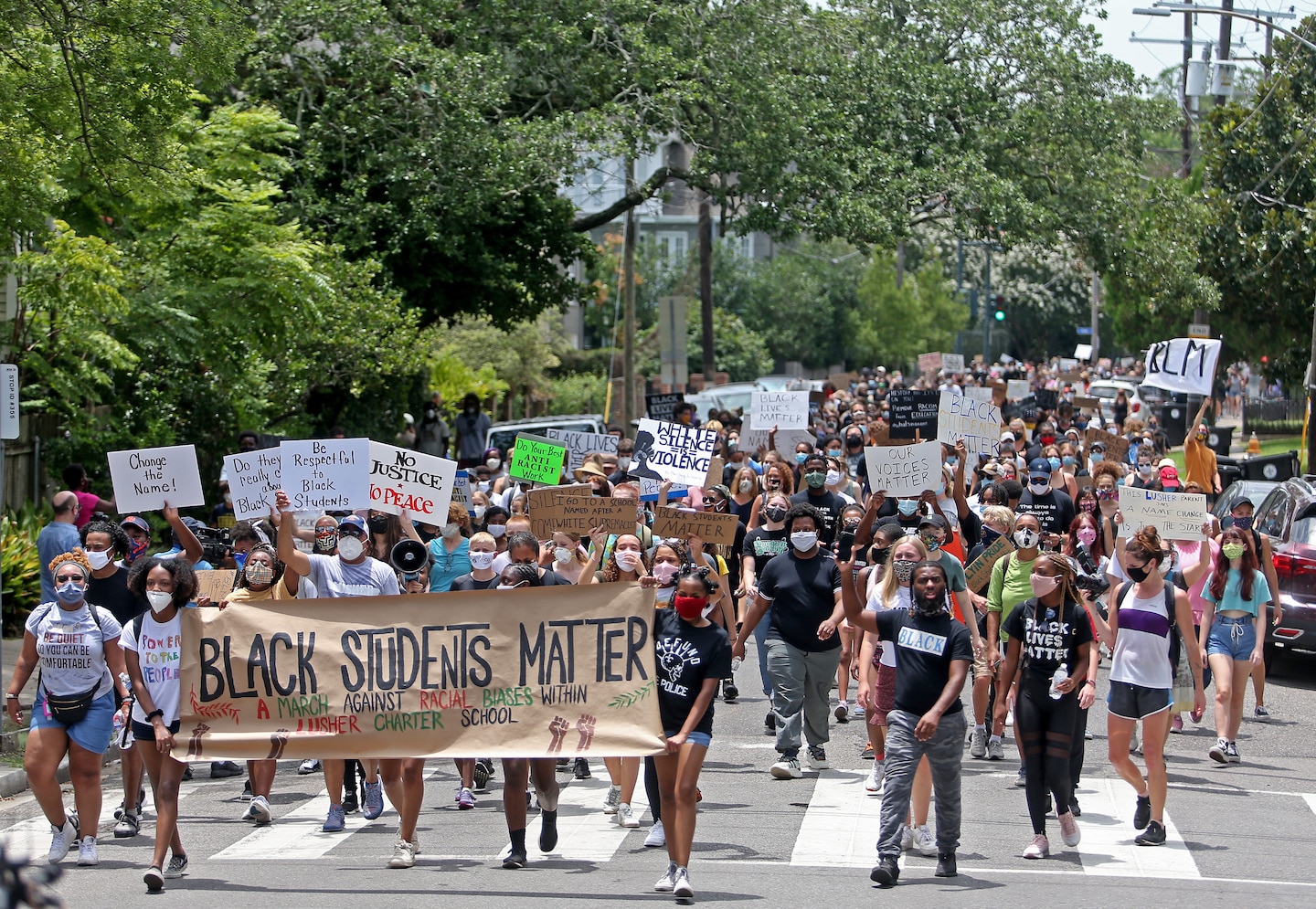Don’t get too attached to your institution’s name. It’s only for now.

This is not new information, but it’s newly disqualifying for the namesake of a public elementary school. “No school should honor the memory of a person who was an enslaver,” the school board president declared on June 19, adding, “now is the time for us to act.” Ten days later, the board formed a renaming committee.
Some would claim school officials (and certainly the mayor, who removed Schuyler’s statue from outside Albany City Hall) are “erasing history.” To me it’s the opposite: They’re taking history seriously, reading it closely and acting on their conclusions. A new name will be announced before school starts.
In my home state of Virginia, where more than two dozen schools are still named for Confederate generals, the renaming process is not as swift. On July 7, the faculty of Washington and Lee University voted overwhelmingly to take Robert E. Lee’s name off the school, but instead of a renaming committee, the board of trustees formed a we’ll-study-the-question committee.
Interestingly, the college’s website barely mentions the full name. Instead the school repeatedly calls itself “W&L,” in what appears to be a KFC-like attempt to downplay the less appetizing aspects of its brand.
Given the faculty’s recent vote, and the fact that Lee is actually buried on campus, rebranding will need to go beyond mere abbreviation. Still, the board of trustees “will not act hastily” since, it noted, “we have been known as Washington and Lee University for 150 years.”
Hang on: Washington and Lee is 270 years old. It must have had another name at some point, right?
Actually, it has had four: Augusta Academy, Liberty Hall Academy, Washington Academy and Washington College. When Lee, then president of the college, died in 1870, the board of trustees voted “within days” to adopt his name.
Things moved faster in the 19th century, as we all know. But I’ll help speed up the process by presenting my findings to the board: You’ve renamed your college four times already. Rename it again.
That’s not a liberal threat; it’s an intellectual principle. Sure, it’s tempting to look for heroes in our history, and it’s human nature to stick up for them no matter what. Long after I realized that what I had learned about the Civil War in my Virginia schools (Northern aggression! States’ rights!) was some combination of hogwash and whitewash, I still clung to a romantic image of the doomed and dignified Robert E. Lee.
But the moment we get attached, we stop doing history right.
If we must name our streets, schools and towns after people — a famously flawed and complicated bunch — we should be ready to rename them based on new information or new ethical standards. We should be proud of renaming them. The old name will always be part of our history. The new name is for now.
That doesn’t mean it’s easy to find the right one. When Robert E. Lee High School in Staunton, Va., finally changed its name (back) to Staunton High School, I cheered, and then wondered . . . who is Staunton named for?
Turns out it’s Lady Rebecca Staunton, wife of Sir William Gooch, Virginia governor and, yes, an enslaver. (By the way, Gooch’s little brother James freed 100 slaves, his “share” of the family’s human “property,” when he turned 21 — so it was possible to be a member of the white upper class in 18th-century Virginia without approving of or profiting from slavery.)
Is the city of Staunton going to change its name? I doubt there’s even a committee studying that. Meanwhile, up here, not far from Albany, the Village of Schuylerville actually wants to Schuylerize further by welcoming the Schuyler statue that Albany just took down.
One step at a time, I guess. But place names can change. Neither Staunton nor Schuylerville goes by its original name. Clinton Avenue, where (the not-for-much-longer) Schuyler Academy is located, was named Patroon Street (after a Dutch word meaning “land owner”) until it was renamed in 1815 in honor of DeWitt Clinton.
I realize this could change, but so far, Clinton appears worthy of the tribute. He was a New York mayor, New York governor and senator who was pro-Erie Canal and anti-slavery.
He was also — speaking of renaming — one of the first graduates of Columbia College, which was originally King’s College but patriotically renamed in 1784, when kings were no longer in vogue and Christopher Columbus was considered the heroic discoverer of America.
Since 1912, it’s been known as Columbia University. But don’t get too attached.
Read more:






